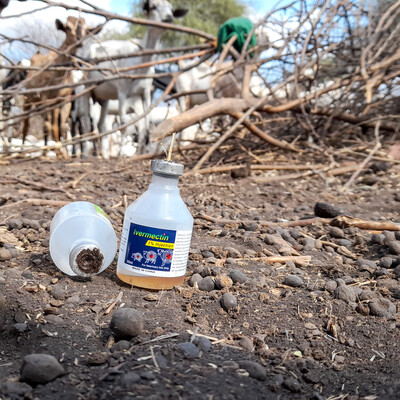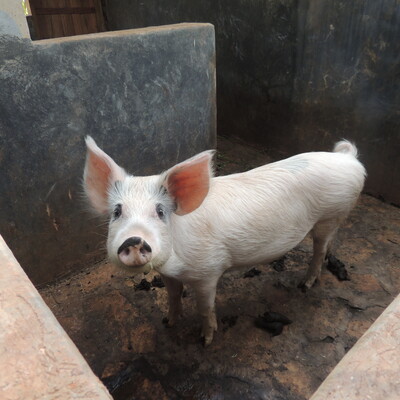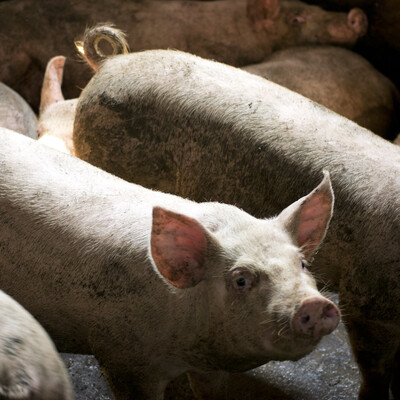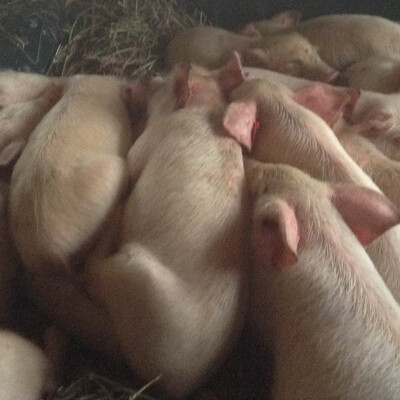
Concurrent vaccines could reduce cost of disease prevention in goats and sheep
Concurrent administration of vaccines against different diseases in goats and sheep can reduce vaccination costs by 70%. It can also increase vaccine adoption, thereby curbing the spread of diseases and the related devastation of farmers’ livelihoods.
Researchers in the International Livestock Research Institute (ILRI)-led Boosting Uganda’s Investment on Livestock Development (BUILD) project have found that more than one vaccine can be administered to the same animal at the same time. By using vaccines that are already approved and available in the market, there is no need for new packaging and preservation methods, which further reduces the cost of vaccination campaigns.
Common diseases of goats and sheep
Goats and sheep are a source of food and household income for more than 300 million people globally. They also serve as a cash reserve because they can easily be sold during emergencies.
The Uganda National Development Plan III has identified goats and sheep as a priority commodity and major thematic area to address limitations in food security, household income and improvement of export earnings.
But the productivity of these ruminants is threatened by diseases such as sheep and goat pox, contagious caprine pleuropneumonia (goat pneumonia) and peste des petits ruminants (PPR), also known as goat plague, which can lead to the death of up to 100% of a flock. These diseases can be prevented using vaccines that are available in the market, but their high costs hinder adoption, resulting in the spread of diseases and associated losses. Most of these costs are related to mobilization of farmers and follow-up by animal health workers pre- and post-vaccination, which make up 70% of vaccination-related expenses globally.
Benefits of combined vaccines
Researchers from the BUILD project assessed the effect of coadministration of vaccines on the effectiveness of the individual vaccines for goat plague, goat pneumonia and sheep and goat pox. Different combinations of vaccines were administered to 21 goats and 12 sheep, divided into different groups. Findings from the research, which was conducted at the National Animal Disease Diagnostic Centre in Entebbe, Uganda, showed that the concurrent administration of vaccines did not affect the effectiveness of individual vaccines or cause unwanted adverse effects such as diarrhoea and fever.
Speaking about the significance of the findings, Alex Mabirizi, a master’s fellow in the BUILD project who led the research said, ‘combined administration of vaccines will significantly reduce disease spread and mortality.’ The results mean that small ruminants can benefit from combined vaccination against new diseases that farmers may be unaware of such as goat plague, when the animals are being vaccinated against goat pneumonia and other diseases whose impact on flocks is well known. ‘Farmers in rural areas will also be saved from making numerous trips over long distances to take animals for vaccination against different diseases,’ he said.
Further trials of the effect of concurrent vaccine administration on large numbers of animals and specific animal categories, such as pregnant ones, are needed before the approach can be rolled out in the country.
The BUILD project is funded by the German Ministry for Economic Cooperation and Development and implemented by ILRI in partnership with the Ministry of Agriculture, Animal Industry and Fisheries (MAAIF), the National Livestock Resources Research Institute (NaLIRRI) together with the Friedrich-LoefflerInstitut (FLI), Island of Riems, Germany, Vétérinaires Sans Frontières (VSF) Germany and Free University of Berlin (FU Berlin), Germany.
Photo: A farmer tends her goats in Mbarara, Uganda. (photo credit: ILRI/Pamela Wairagala).

















